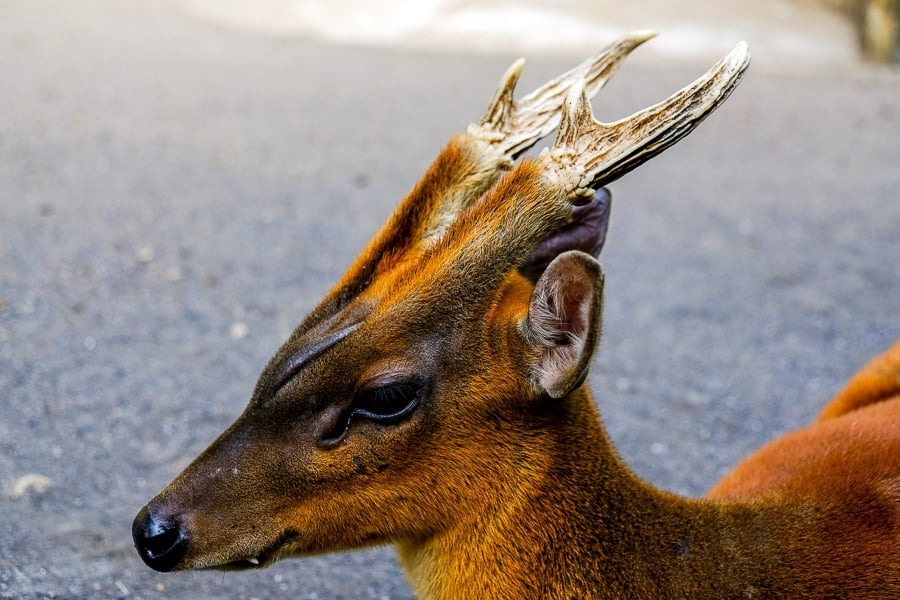When you think of Bali, your mind might immediately wander to stunning beaches, vibrant sunsets, and the scent of incense wafting through the air. But hidden behind its picturesque façade is a rich tapestry of culture and tradition that is brought to life through the Kuta traditional dance. As a frequent visitor to this enchanting island, I’ve witnessed the profound impact this dance has on local tourism and the community. Let’s unpack this together, shall we?
What is Kuta Traditional Dance?
Kuta traditional dance is a captivating blend of storytelling and performance, deeply embedded in Balinese culture. It often showcases tales from ancient folklore, featuring intricate movements, colorful costumes, and live traditional music. If you’ve ever attended a performance, you’ll know that the atmosphere is electric—it’s as though the entire audience is swept away into a different world. I remember my first Kuta dance performance; the moment the dancers stepped onto the stage, I felt an instant connection to the island’s heritage, as if I was part of something much larger than myself.
A Boost for Local Businesses
For locals in Kuta, traditional dance isn’t just an art form; it’s an economic lifeline. Just down the road from my favorite beach café, there’s a cultural center that hosts dance performances nightly. These events draw in tourists eager to experience authentic Balinese culture. Restaurants, local artisan shops, and nearby hotels often see a spike in visitors around performance times. In fact, before a recent show, I found myself dining in a small eatery filled with tourists buzzing with excitement. It struck me how much local businesses thrive when culture takes center stage.
Example Scenario
Imagine you’re a tourist, freshly arrived in Kuta, eager to soak in the local culture. You step into a charming restaurant and are greeted by the tantalizing fragrance of classic Balinese dishes. While enjoying your meal, you notice a flyer promoting a traditional dance tonight at the cultural center. Intrigued, you decide to attend. After the performance, you’re so captivated that you purchase a hand-painted dancer figurine from a local artisan outside. This experience not only enriches your visit but also contributes to the livelihoods of the local community.
Cultural Preservation and Tourism
Many travelers seek genuine connections to the cultures they visit. The Kuta traditional dance serves as a vital custodian of Balinese culture. Elderly performers often share personal stories about their craft, which enhances the authenticity of the experience. In turn, this fosters a deeper appreciation for the island’s traditions among visitors. I fondly recall chatting with a performer after a show; he recounted how his family had been involved in this dance for generations. His passion was contagious, and hearing his story made my experience unforgettable.
Practical Tips for Tourists
1. Don’t Just Watch—Participate: Some cultural centers offer workshops where you can learn the basics of traditional dance. Taking part can deepen your appreciation and understanding.
2. Plan in Advance: If you’re keen on witnessing the best performances, check schedules before you arrive. Popular shows may sell out quickly, especially during tourist season.
3. Engage with Locals: After performances, take the time to chat with performers and locals. Their insights can transform your understanding of the dance and its significance in their lives.
Testimonials and Stories
One of my favorite aspects of Kuta traditional dance is hearing the stories of travelers who’ve been touched by its magic. A fellow backpacker I met shared how attending a dance night changed her trip entirely. She was originally focused on beach-hopping but found herself enraptured by the stories being told through dance. That single experience led her to explore more of Bali’s cultural sites, thus enhancing her overall journey.
Conclusion
The impact of Kuta traditional dance on local tourism is undeniable. It’s a beautiful convergence of culture, community, and commerce that enriches not only the lives of those who live in Kuta but also the experiences of travelers like you and me. So, the next time you find yourself in Bali, consider setting aside an evening to immerse yourself in this vibrant tradition. Who knows? You might just find that the dance has a story to tell you, too. By supporting these performances, you’re not only preserving an age-old art form but also playing a part in a thriving community, ensuring that the spirit of Kuta lives on for generations to come.





